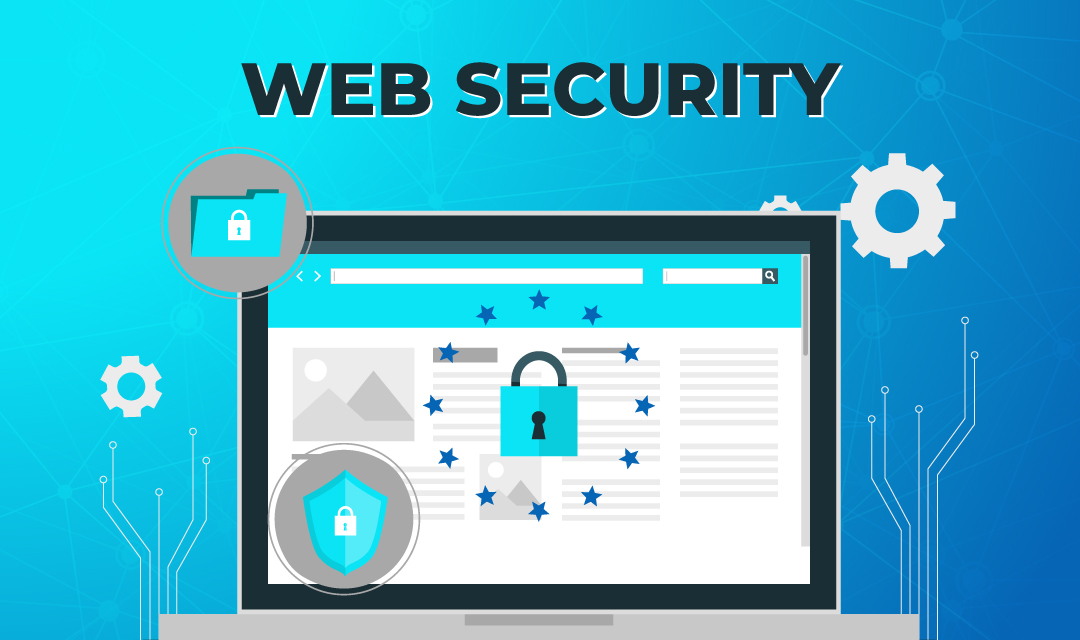E-commerce has transformed the way we buy and sell goods and services, creating a dynamic and diverse digital marketplace. As businesses and consumers continue to adapt to the online world, it is essential to understand the various models of e-commerce. Here is a breakdown of the seven primary types of e-commerce, each with its unique characteristics and opportunities.
1. Business-to-Consumer (B2C)
What it is: B2C e-commerce involves transactions between businesses and individual consumers. This is the most common type of e-commerce, represented by online retailers such as Amazon, Walmart, and Alibaba.
Opportunities
B2C e-commerce allows businesses to reach a global audience and provides consumers with a vast selection of products and services. It is essential for businesses to focus on creating engaging and efficient shopping experiences to stand out in a crowded market.
2. Business-to-Business (B2B)
What it is: B2B e-commerce involves transactions between businesses. In this model, companies sell products or services to other companies rather than to individual consumers.
Opportunities
B2B e-commerce enables companies to streamline their supply chains, manage bulk orders efficiently, and foster long-term business relationships. Companies can leverage digital platforms to automate and optimize their procurement processes.
3. Consumer-to-Consumer (C2C)
What it is: C2C e-commerce involves transactions between individual consumers. Platforms facilitating these transactions typically act as intermediaries.
Opportunities
C2C e-commerce allows individuals to monetize their unused or second-hand items and provides buyers with unique or cost-effective options. It is a great way to tap into niche markets and build community-based marketplaces.
4. Consumer-to-Business (C2B)
What it is: In C2B e-commerce, individual consumers sell products or offer services to businesses. This model flips the traditional B2B approach on its head.
Opportunities
C2B e-commerce empowers individuals to leverage their skills and resources for business opportunities. It enables businesses to access diverse talent and unique offerings while allowing individuals to create alternative income streams.
5. Business-to-Government (B2G)
What it is: B2G e-commerce involves transactions between businesses and government entities. This can include providing goods, services, or consultancy to public sector organizations.
Opportunities
B2G e-commerce offers businesses the chance to engage with government contracts and projects, which can be lucrative but may require navigating complex regulatory environments
6. Government-to-Business (G2B)
What it is: G2B e-commerce involves transactions where government entities provide goods or services to businesses. This model can include various forms of support and interaction.
7. Government-to-Consumer (G2C)
What it is: G2C e-commerce involves transactions between government entities and individual consumers. This model includes services and information provided by the government to the public. Key Characteristics: Public Services: Government services such as tax payments, social security benefits, and public health information are delivered online. Citizen Engagement: Aims to improve transparency and accessibility of government services. Examples: Online portals for paying fines, applying for permits, or accessing public records. Opportunities: G2C e-commerce enhances the efficiency and accessibility of government services, making it easier for citizens to interact with government agencies and access essential services.





Blog Comments